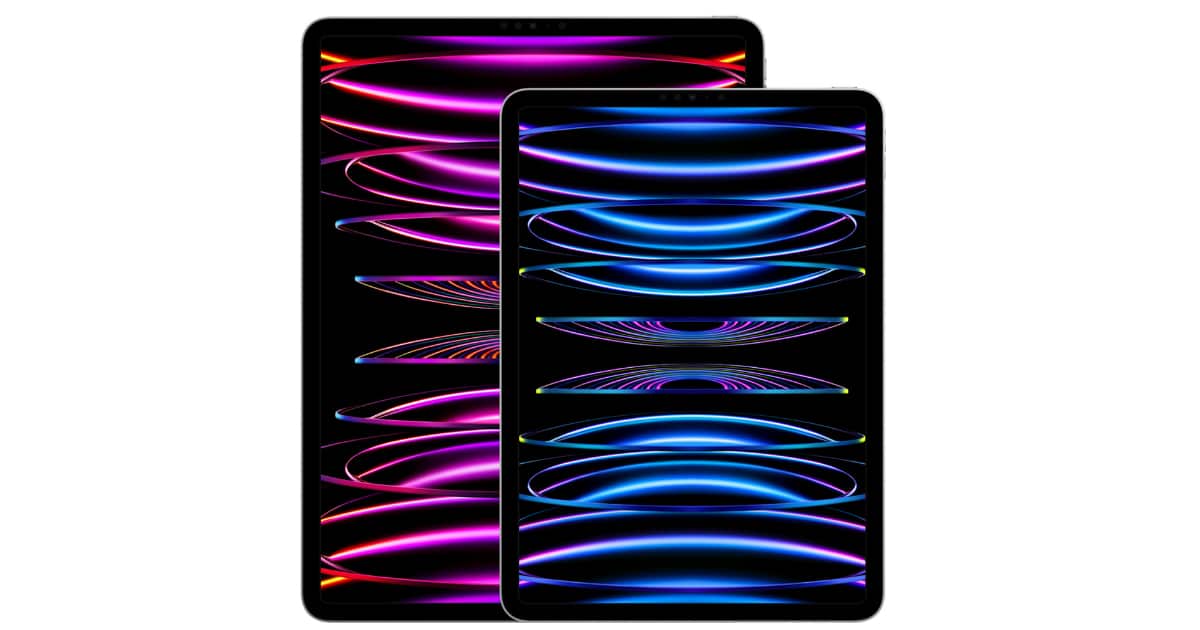Recent reports suggest that the upcoming iPhone 15 Pro and Pro Max models will boast significantly smaller bezels compared to their predecessors. Future iPad models could offer the same advancements, as per a recent report from Bloomberg.

Slimmer bezels on the upcoming iPhone 15 Pro and Pro Max could impact future iPad models
In the latest edition of his “Power On” newsletter for Bloomberg, Mark Gurman revealed that Apple plans to reduce the bezel size on the iPhone 15 Pro and Pro Max from 2.2 millimeters to an impressive 1.5 millimeters. To achieve this feat, the tech giant will employ a technology called “low-injection pressure over-molding” (LIPO), which they have previously used in the Apple Watch.
This year, two of the biggest changes to the 15 line will get Apple closer to that dream iPhone. The standard iPhone 15 models will trade in the notch for the Dynamic Island, while the Pro and Pro Max displays will be made with a new technology: low-injection pressure over-molding, or “LIPO” as it’s dubbed inside Apple.
That new process will shrink the border size around the display to 1.5 millimeters (from about 2.2 millimeters on current iPhones). LIPO was first used in the Apple Watch Series 7 to make that device’s borders thinner and increase the size of the display. And Apple plans to eventually bring the feature to the iPad as well, I’m told.
By introducing LIPO to the iPhone, Apple successfully minimized the borders around the watch’s display and increased the screen size. Now, they are keen on extending this innovation to the iPad. While a new version of the iPad Pro is reportedly in development, it remains uncertain whether LIPO technology will be part of it. Nonetheless, the report from Bloomberg leaves no doubt that Apple is actively exploring ways to bring the same bezel reduction to the iPad in the near future.

In related news, Samsung and LG are reportedly gearing up for mass manufacturing of the first iPad Pro models with “hybrid” OLED panels, which combine rigid and flexible OLED technologies. This technology uses tiny LEDs to create pixels, offering efficiency, accurate colors, high contrast for better HDR, wider viewing angles, lower chance of screen burn-in, and low latency for higher refresh rates.
This move is part of Apple’s broader plan to expand OLED technology to other devices, including the 13-inch MacBook Air and 11-inch iPad Pro. Following the transition to OLED, Apple is anticipated to incorporate microLED technology into its major product categories, starting with an upgrade to the Apple Watch Ultra.